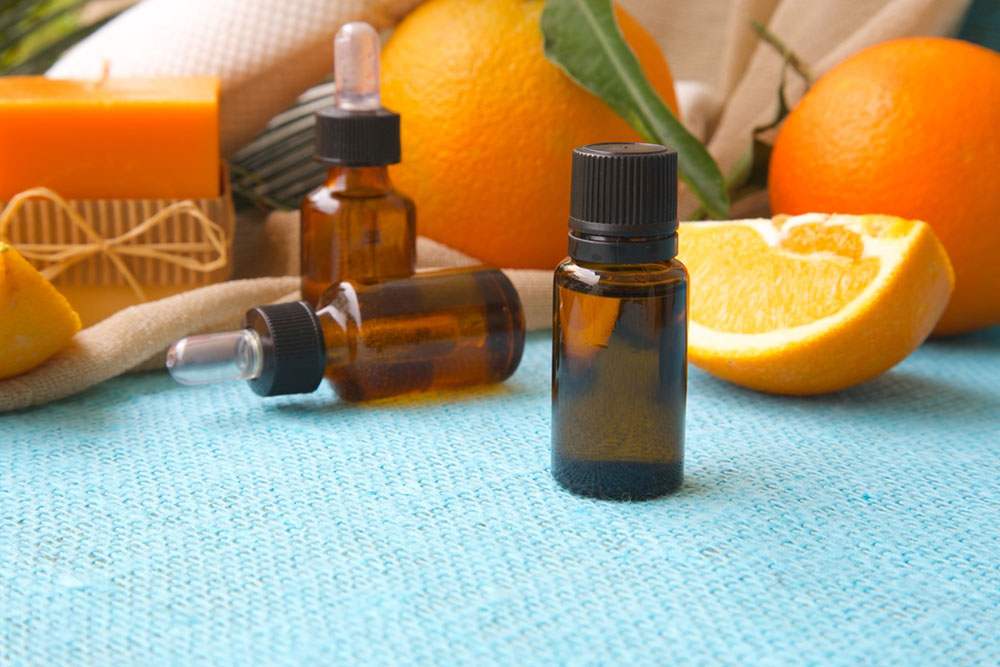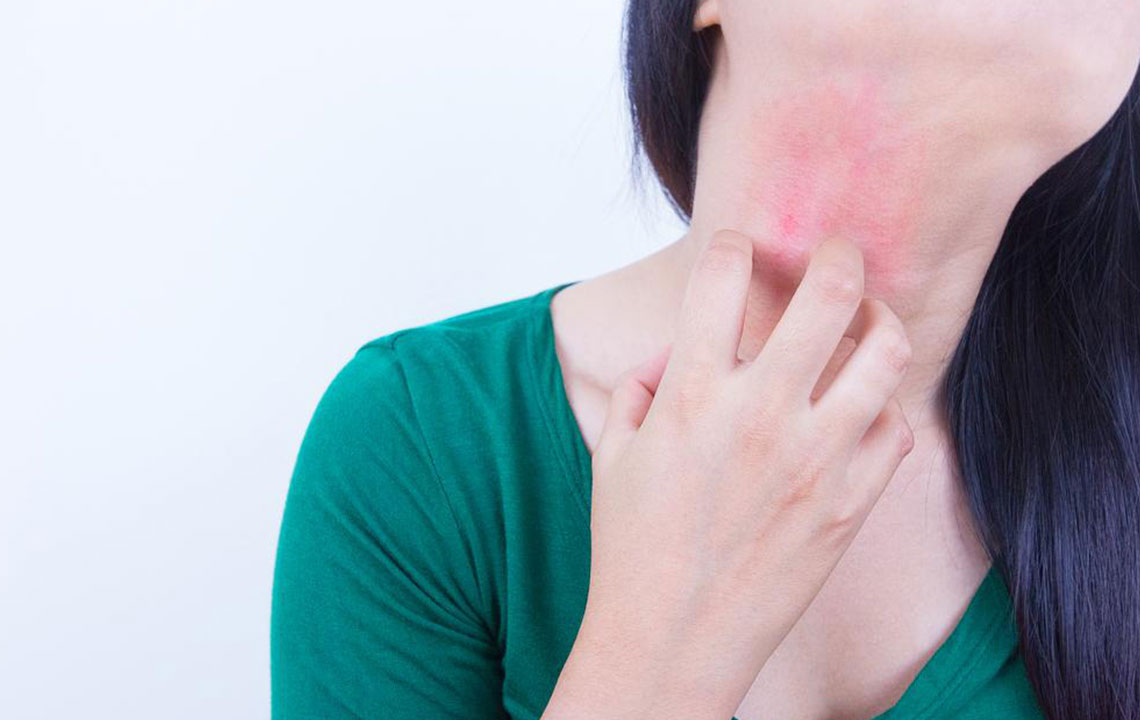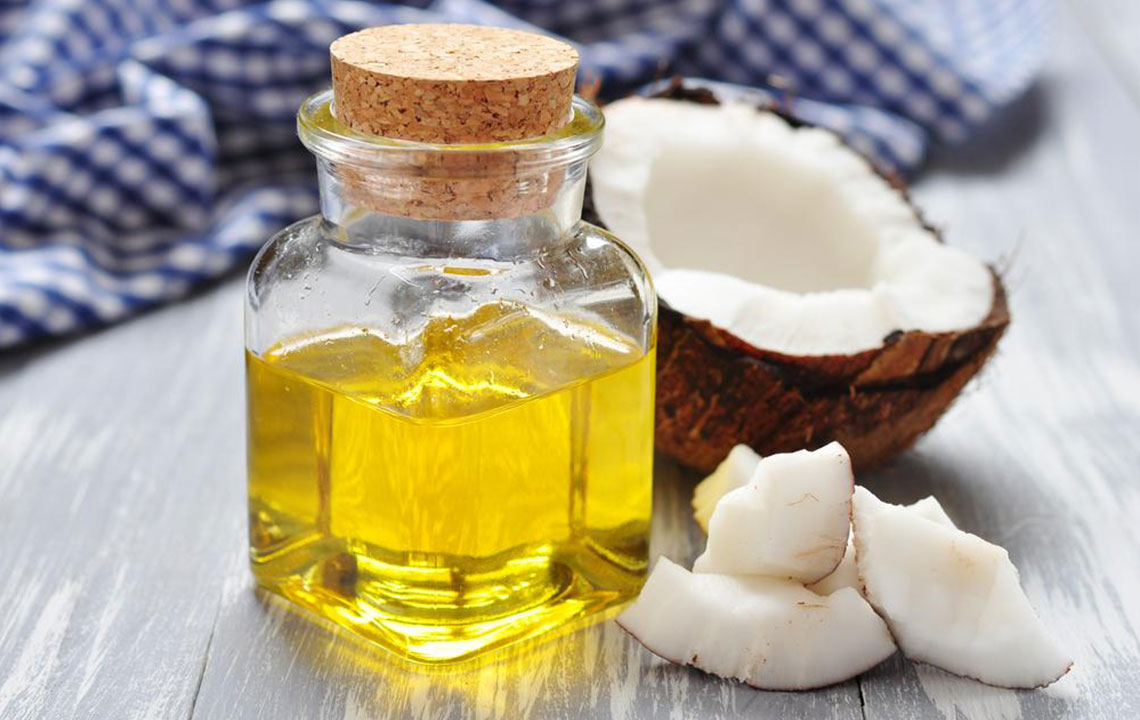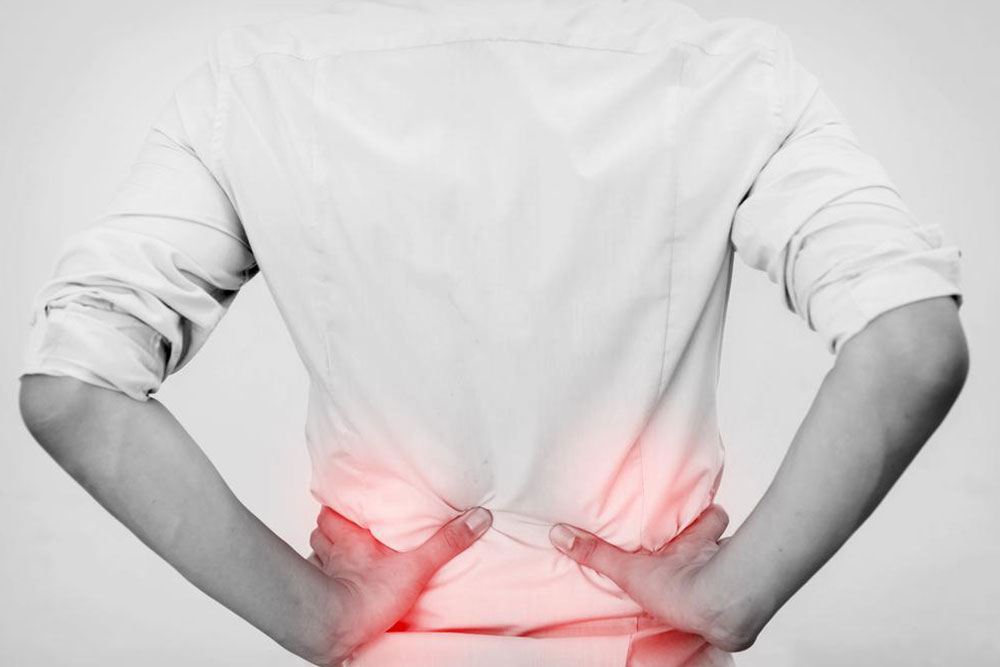Comprehensive Guide to Managing and Preventing Shingles Effectively
This comprehensive article explores effective management and prevention strategies for shingles, emphasizing antiviral treatments, pain relief, home remedies, and preventive measures. It aims to help affected individuals reduce discomfort, prevent complications, and improve recovery outcomes through timely medical care and lifestyle adjustments.
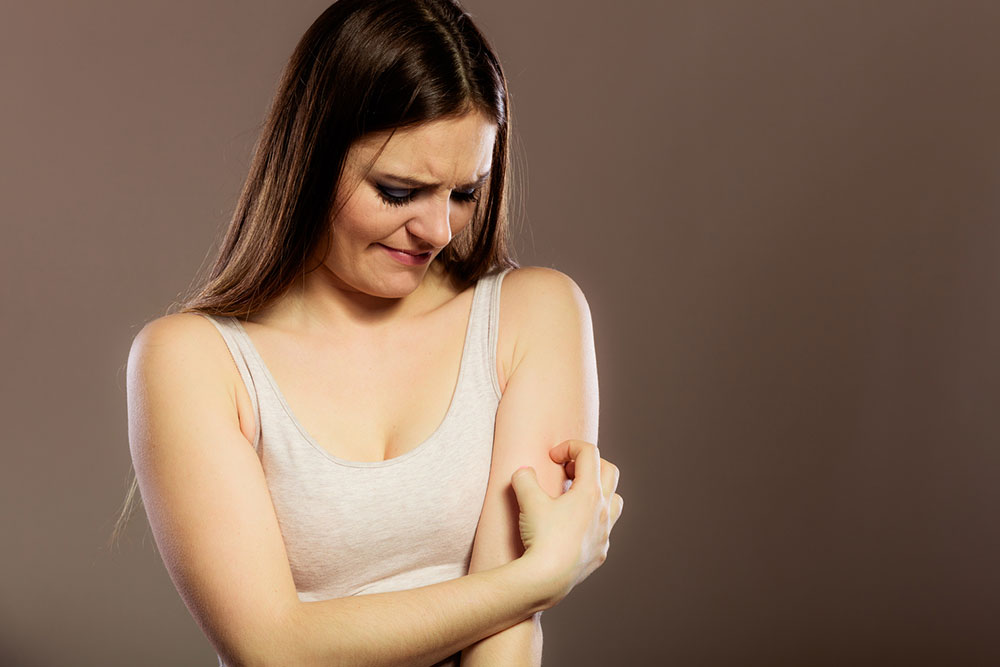
Comprehensive Strategies for Managing and Preventing Shingles
Shingles, also known asherpes zoster, is a painful viral infection that manifests through a distinctive rash and nerve pain. It arises from the reactivation of the varicella-zoster virus — the same virus responsible for chickenpox. While most individuals recover fully, shingles can cause significant discomfort and, in some cases, lead to severe complications. This detailed guide explores effective management techniques and preventive measures to help those affected by shingles minimize symptoms, avoid complications, and boost overall health.
To effectively treat shingles and prevent recurrence, understanding available options is crucial. The primary strategies involve timely medical intervention, pain management, and adopting preventive practices to strengthen the immune system and lower infection risk.
Antiviral Medications: The Cornerstone of Shingles Treatment
One of the most critical steps in managing shingles is the prompt use of antiviral drugs. These medications, such as acyclovir, valacyclovir, and famciclovir, are most effective when administered within 72 hours after symptoms first appear. They serve to reduce the viral load, ease the severity of symptoms, shorten the duration of the outbreak, and significantly decrease the risk of postherpetic neuralgia — a chronic nerve pain condition that can persist even after the rash heals. Typically, healthcare providers recommend a course of antiviral therapy lasting 7 to 10 days, depending on the individual's health status and severity of symptoms.
Pain Management and Symptom Relief
Shingles often causes intense, burning pain, which can be debilitating. Immediate pain relief is essential to improve quality of life during outbreaks. Over-the-counter pain relievers such as acetaminophen or NSAIDs like ibuprofen can provide initial relief. For more severe cases, doctors may prescribe opioids or nerve-specific medications like gabapentin or pregabalin. These help manage the nerve pain or postherpetic neuralgia, which is a common complication. Topical anesthetics or patches containing lidocaine may also be recommended to numb the affected area and reduce discomfort.
Additional Medical Interventions for Severe Cases
In some circumstances, other medical treatments may be necessary, especially for complicated or persistent cases:
Topical Aids: Prescription creams with capsaicin or calamine lotion can soothe irritation and reduce itching.
Numbing Agents: Numbing patches or sprays containing agents like lidocaine can sharply decrease pain levels.
Antibiotics: If a bacterial skin infection develops alongside shingles, antibiotics are prescribed to prevent further complications.
Antidepressants and Neuropathic Pain Medications: Certain antidepressants and anticonvulsants are prescribed to aid in nerve pain management and improve mood during recovery.
Home Remedies and Lifestyle Adjustments for Supportive Care
Alongside medication, several home remedies and lifestyle tips can accelerate healing and reduce discomfort. These natural approaches serve as complements to medical treatment and can promote overall well-being during recovery:
Soothing Baths: Colloidal oatmeal baths are effective in reducing itching and soothing inflamed skin. Ensuring the water isn’t too hot is vital, as excessive heat might aggravate the symptoms.
Cold Compresses: Applying cold, damp cloths to blistered or tender areas can provide immediate relief from burning sensations and inflammation.
Natural Topical Pastes: Combinations like cornstarch and baking soda applied to rash areas can soothe irritation and calm inflamed skin. Repeating this process several times per day enhances its effectiveness.
Optimized Nutrition: Consuming a balanced diet rich in vitamins A, C, E, and B-12 supports immune function and enhances skin repair processes. Hydration is equally important to aid recovery.
In conclusion, managing shingles effectively involves a multi-faceted approach—prompt antiviral therapy, pain control, supportive home remedies, and preventive practices. Early medical intervention remains essential to minimize complications and ensure swift recovery. Additionally, individuals at risk should consider vaccination options to prevent future outbreaks. Maintaining a healthy lifestyle, strengthening immune defenses, and seeking prompt medical attention are vital components of comprehensive shingles management.
